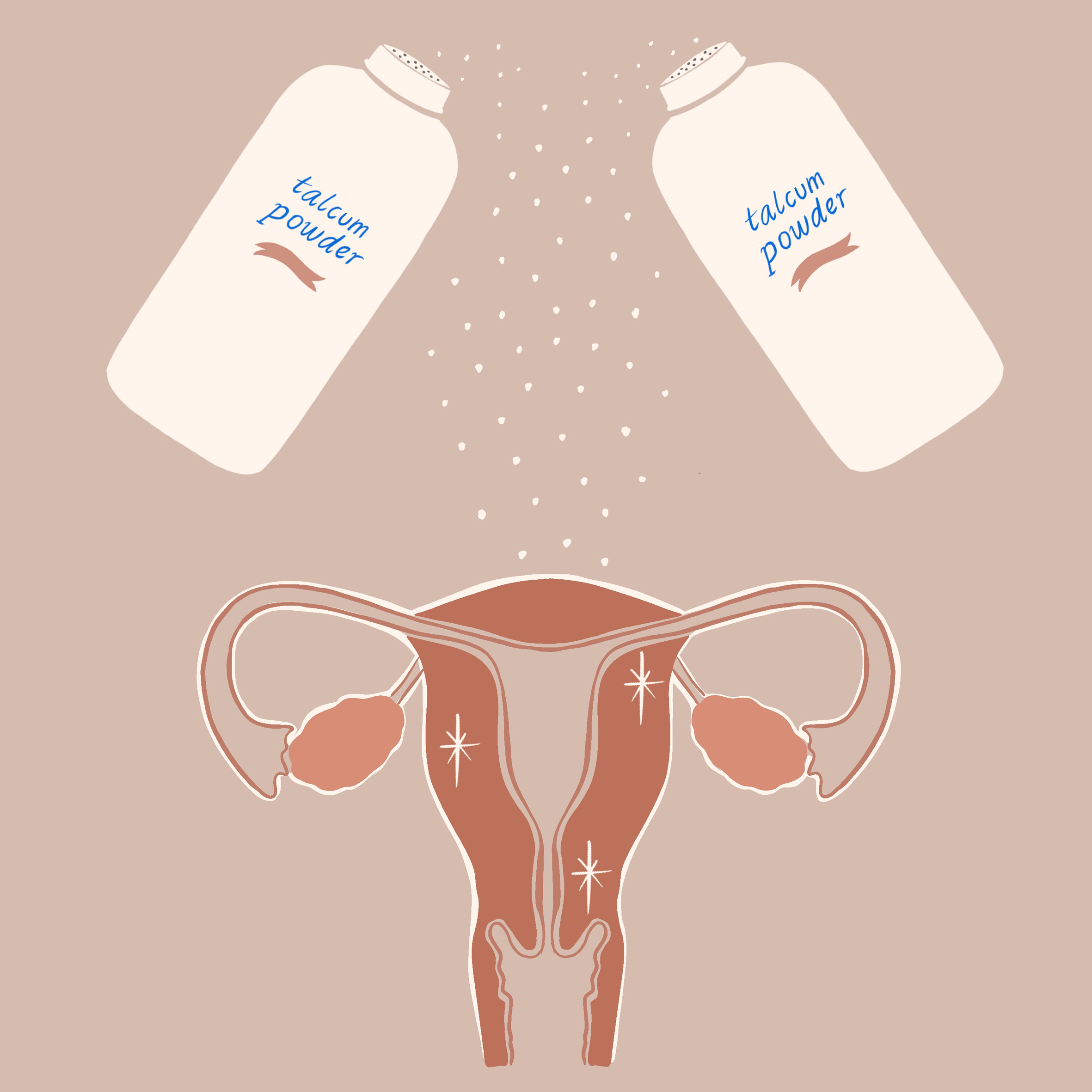There may not be consensus just yet, but concern over the asbestos content in talc, and its link to ovarian cancer continues to grow. Just this week, trials in St. Louis, the hub of talcum powder lawsuits against Johnson & Johnson (J&J), are set to resume after a 4-month hiatus.
Last Friday, attorney Chris Panatier of Simon Greenstone Panatier Bartlett PC informed a California jury that his client, plaintiff Tina Herford, developed mesothelioma after prolonged use of J&J Baby Powder. Panatier’s argument is that J&J knew for decades that their talcum product contained asbestos, and kept that information from the public.
One would assume that after the number of losses J&J has faced in court, including a $417M award to Los Angeles resident Eva Echeverria, the personal care giant would have something to answer for.
Dr. Daniel Cramer, professor of obstetrics and gynecology at Brigham and Women’s Hospital in Boston, published one of the first studies on talc in 1982. He said, “The use of talc — the main ingredient in the powder — can increase the risk of ovarian cancer by about 30 percent,” says Cramer. “For women who used talc daily for 20 or more years, there can be a 100 percent increase.”
According to the American Cancer Society, “some talc contains asbestos” when in its natural state. Asbestos has been proven to cause cancer, but “all talcum products used in homes in the United States have been asbestos-free since the 1970s.” This does not account for women who have been using J&J Baby Powder since its initial market release in 1894.
The trials in St. Louis this week should no doubt point the needle in one direction or other as to how much the law will agree with the science. Meanwhile, longtime users of J&J talc powder must take pause for thought and consider alternatives for their personal regimens.
